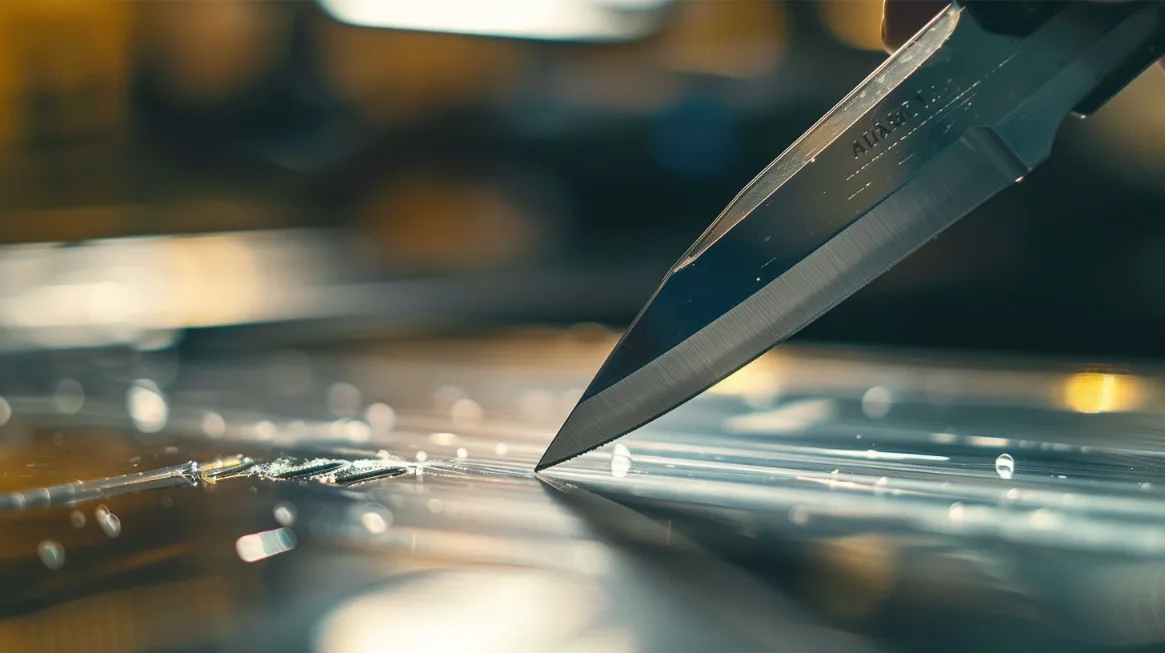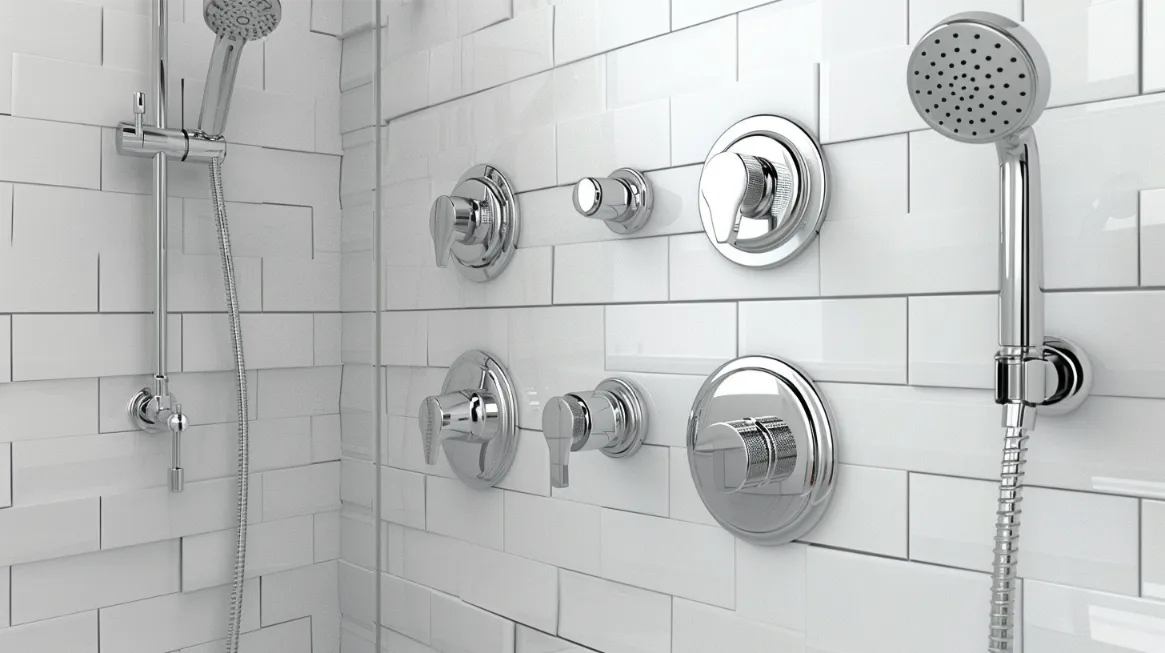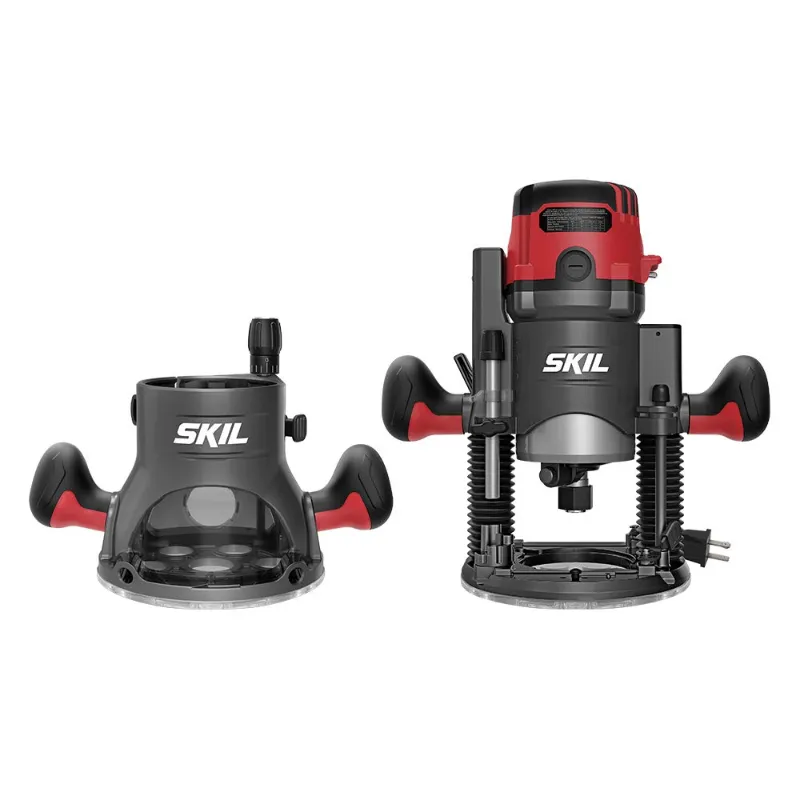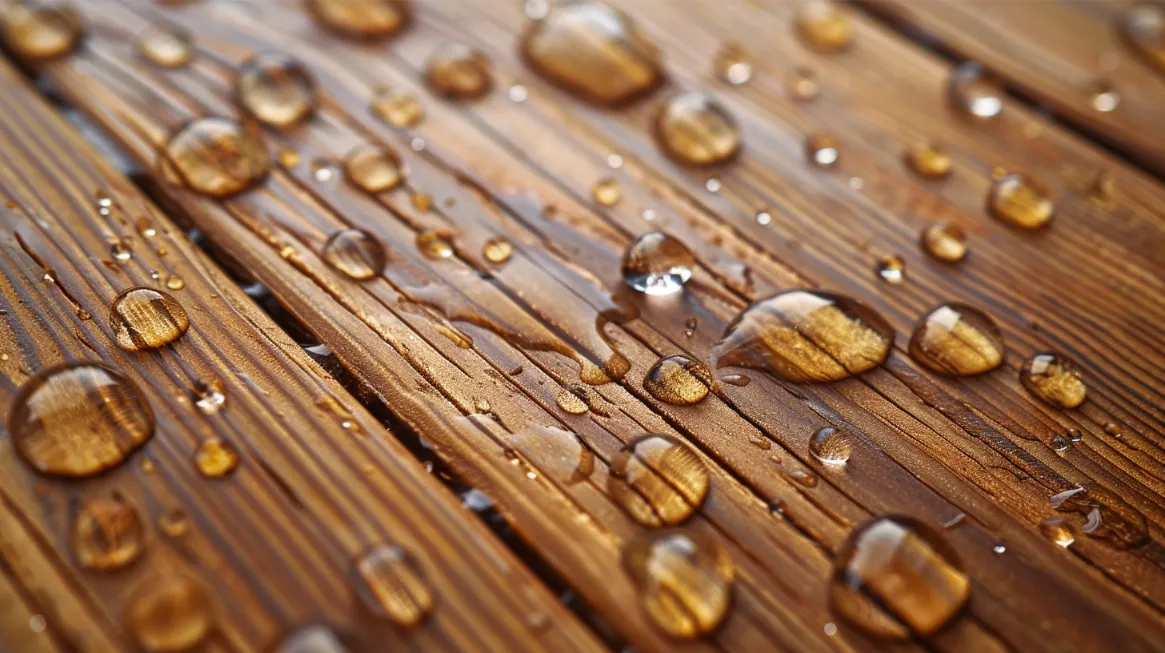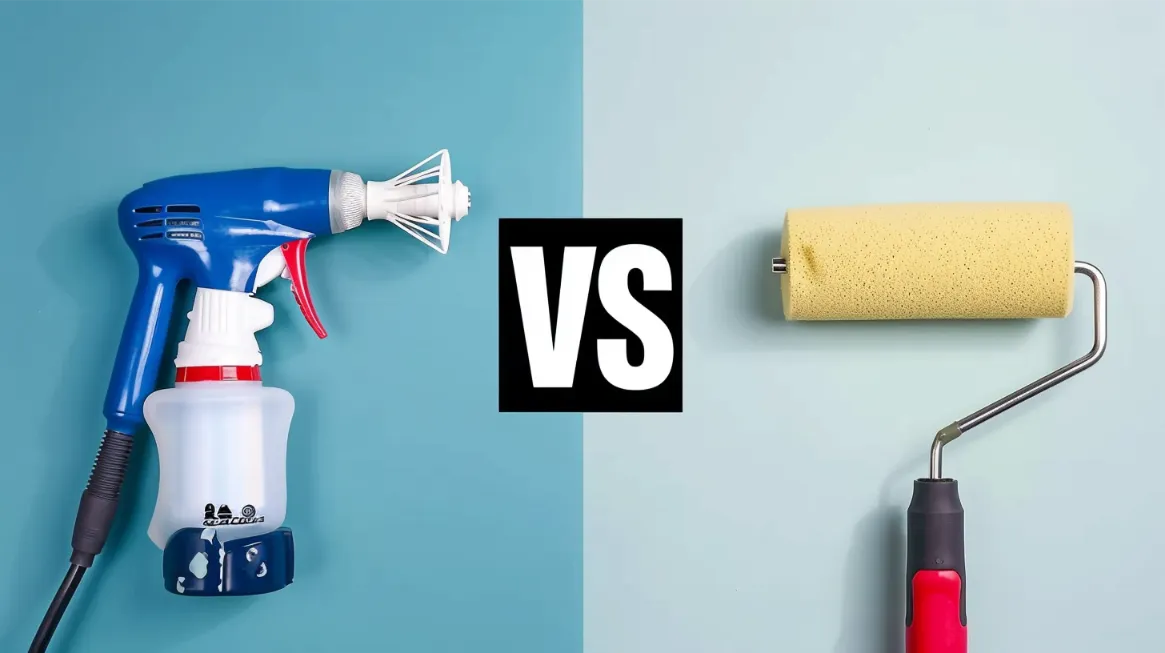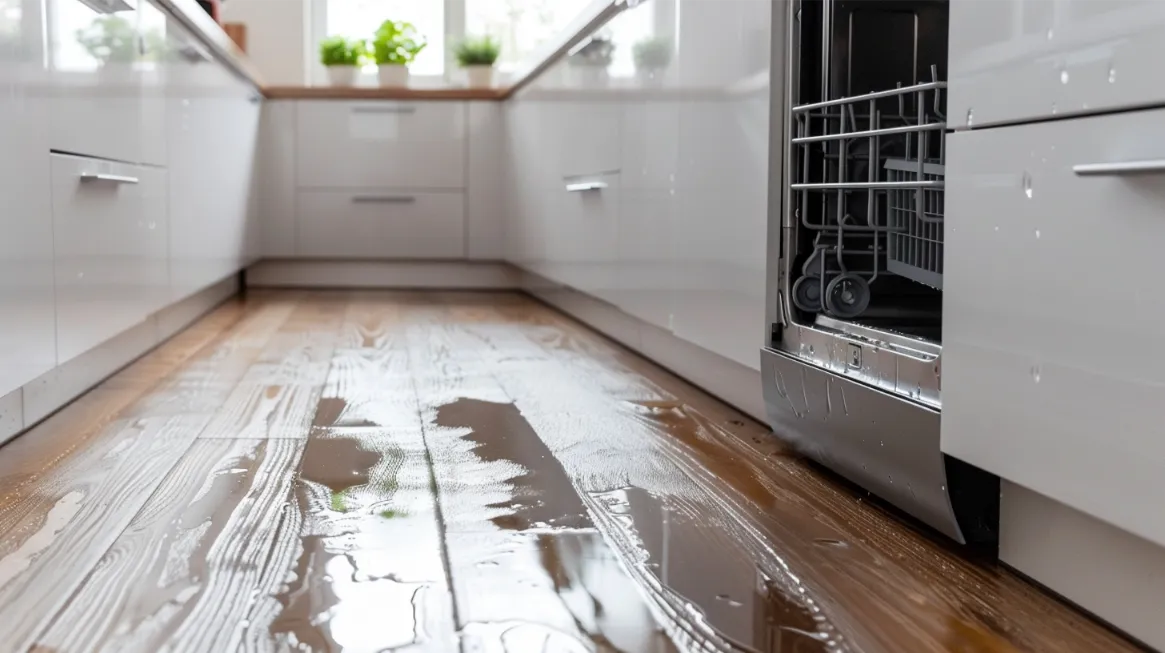A shower diverter directs water between the tub faucet and the showerhead, guiding water flow through the showerhead during bathing. It allows easy switching between bath and shower, enhancing the bathing experience. Manual diverters use levers or knobs, while automatic types adjust based on water pressure.
The diverter valve controls water direction via a knob or lever, shifting between outlets for different shower functions. Troubleshoot issues like leaks or irregularities to maintain proper functioning. Regular cleaning and water softeners prevent clogs and mineral buildup, prolonging the diverter’s efficiency. Mastering diverter operation guarantees enjoyable showers and baths.
Key Takeaways
- The Diverter valve redirects water from the tub faucet to the showerhead.
- The control mechanism shifts water flow between different outlets.
- Essential for a seamless transition between bath and shower.
- Utilizes internal valve mechanisms for efficient water redirection.
- Enables customization of bathing experience effortlessly.
Shower Diverter Operation
The shower diverter operation intricately controls water flow redirection between the tub faucet and showerhead precisely and efficiently. When you turn the knob or lift the lever of the diverter valve, it acts as a gateway in your plumbing system, determining whether the water flows to the tub or the shower. By redirecting water flow, the diverter guarantees that when you’re ready to shower, the water is channeled through the showerhead, providing a refreshing bathing experience.
Understanding how the diverter functions is essential for seamlessly switching between using the tub and the shower. With the simple action of engaging the diverter, you can enjoy the convenience of redirecting water flow at your fingertips. Whether it’s a knob, button, or lever, the diverter mechanism offers a straightforward solution for controlling water distribution in your bathroom.
Mastering the operation of the shower diverter allows you to tailor your bathing experience to your preferences effortlessly, making it a vital component in your daily routine.
Types of Diverter Mechanisms
Among the various mechanisms used in plumbing systems to control water flow, different diverter mechanisms are essential in redirecting water between the bathtub spout and showerhead.
Manual shower diverters typically utilize levers, knobs, or buttons to divert the water flow, requiring essential input from the user. On the other hand, automatic diverters, such as thermostatic and electronic ones, activate based on changes in water pressure without needing essential adjustment.
Internal valve mechanisms are vital for shower valves, with the rotating ball and Delta MultiChoice valves commonly used to control water flow. Tee diverters, two-valve diverters, and three-valve diverters are popular manual shower diverter mechanisms widely employed in plumbing systems.
Understanding the different types of shower diverters is essential for selecting the appropriate one that efficiently redirects the water between the tub faucet and showerhead, providing users with a convenient and effective control mechanism.
Role of the Diverter Valve
The diverter valve in a plumbing system plays a vital role in efficiently directing water flow between the bathtub faucet and the showerhead. This plumbing device, commonly controlled by a diverter knob or lever, effectively redirects water to switch between outlets, allowing users to control the water flow for different shower functions.
By pulling up on the diverter knob, the valve closes off the bathtub faucet and diverts water to the showerhead. The diverter valve blocks off one water outlet while opening the other, ensuring a smooth shift between the bathtub and the shower.
Understanding how the diverter valve works is essential for individuals who manage their shower experience efficiently and switch between bath and shower functions effortlessly. By mastering the function of the diverter valve, users can enjoy a convenient and versatile showering experience tailored to their preferences and needs.
Troubleshooting Diverter Issues
To address any potential issues with the diverter valve function, it is crucial to promptly identify and troubleshoot any leaks or irregularities in the water flow system. Check for leaks from the tub faucet while the shower is running, which can signal problems with the shower diverter.
Confirm that the diverter is not inadvertently left engaged, as this can lead to leaks and hinder proper water flow to the showerhead. Look out for rusty water or discoloration, which may indicate issues with metal parts within the diverter system.
Pay attention to valve indentations caused by frequent closure, as these can result in leaks and blockages over time. While mechanical failures are uncommon, regular wear and tear on diverter parts can eventually cause problems.
Maintenance and Care Tips
Regular cleaning and maintenance prevent clogs and mineral buildup within the shower diverter, safeguarding its peak functionality over time. To maintain efficient water flow control, it is essential to incorporate regular maintenance practices.
Water softeners can help reduce mineral accumulation in the diverter valve, further preventing clogs and maintaining peak performance. When cleaning the diverter valve, avoid harsh chemicals that could damage its components.
Promptly addressing any leaks in the diverter is pivotal for preventing water wastage and avoiding potential damage to the surrounding areas. Regular maintenance not only prolongs the lifespan of the diverter valve but also ensures that it continues to provide reliable and efficient water flow control.
Frequently Asked Questions
How Do I Know If My Shower Diverter Valve Is Bad?
To determine if a shower diverter valve is faulty, look for persistent water flow from the tub spout during shower use, leaks or dripping from the showerhead when engaged, difficulty diverting water, sudden temperature/pressure changes, or unusual noises near the diverter area.
Why Does a Shower Diverter Fail?
Shower diverters can fail due to sediment blockages, worn rubber seals, constant use leading to sticking, corrosion from water exposure, and improper installation/maintenance. These factors compromise functionality, causing leaks and reduced performance.
What Is the Mechanism of Diverter Valve?
The mechanism of a diverter valve involves a rubber valve that, when activated, stops water flow to the bathtub and redirects it to the showerhead. A pull-up handle on the bathtub faucet controls this process.




